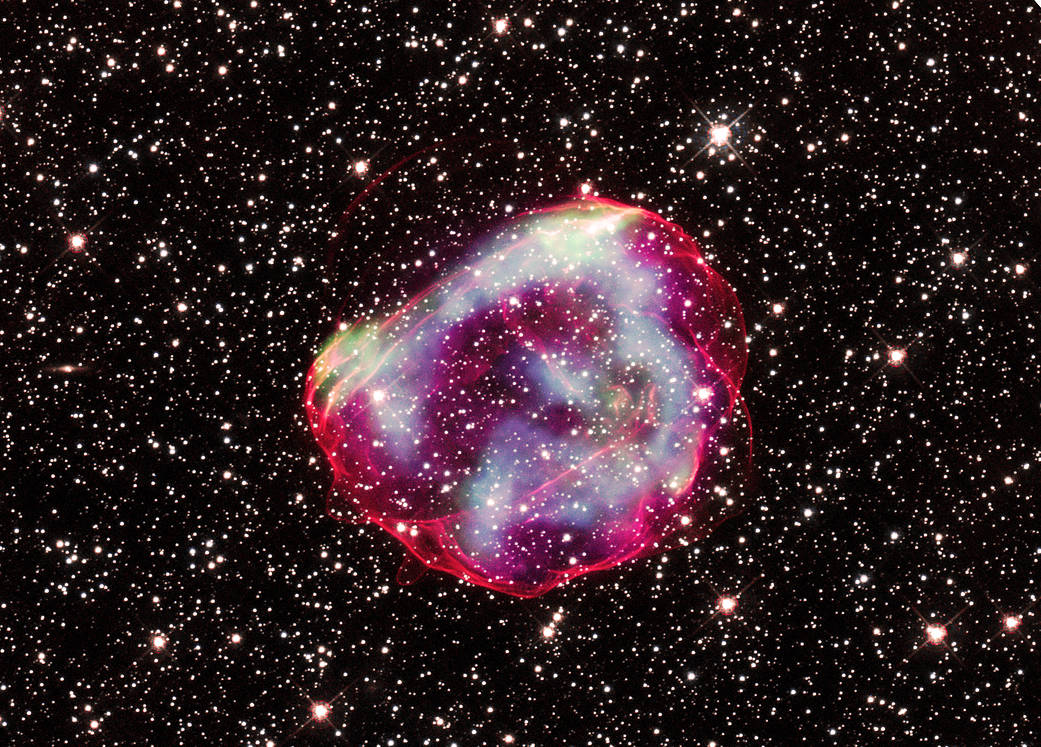The Chandra image release titled “Setting the Clock on a Stellar Explosion” was featured as the “NASA Image of the Day” on 9/12/22. A new image of SNR 0519-69.0 shows the debris of a star that exploded several hundred years ago in Earth’s timeframe. The explosion of a white dwarf star, after reaching a critical mass, created SNR 0519-69.0. This is a special kind of supernova known as a “Type Ia” that astronomers use to measure distances across the Universe. This new image contains X-ray data (green, blue, and purple) from Chandra and optical data from Hubble (red and white).
For more information: Setting the Clock on a Stellar Explosion | NASA.
